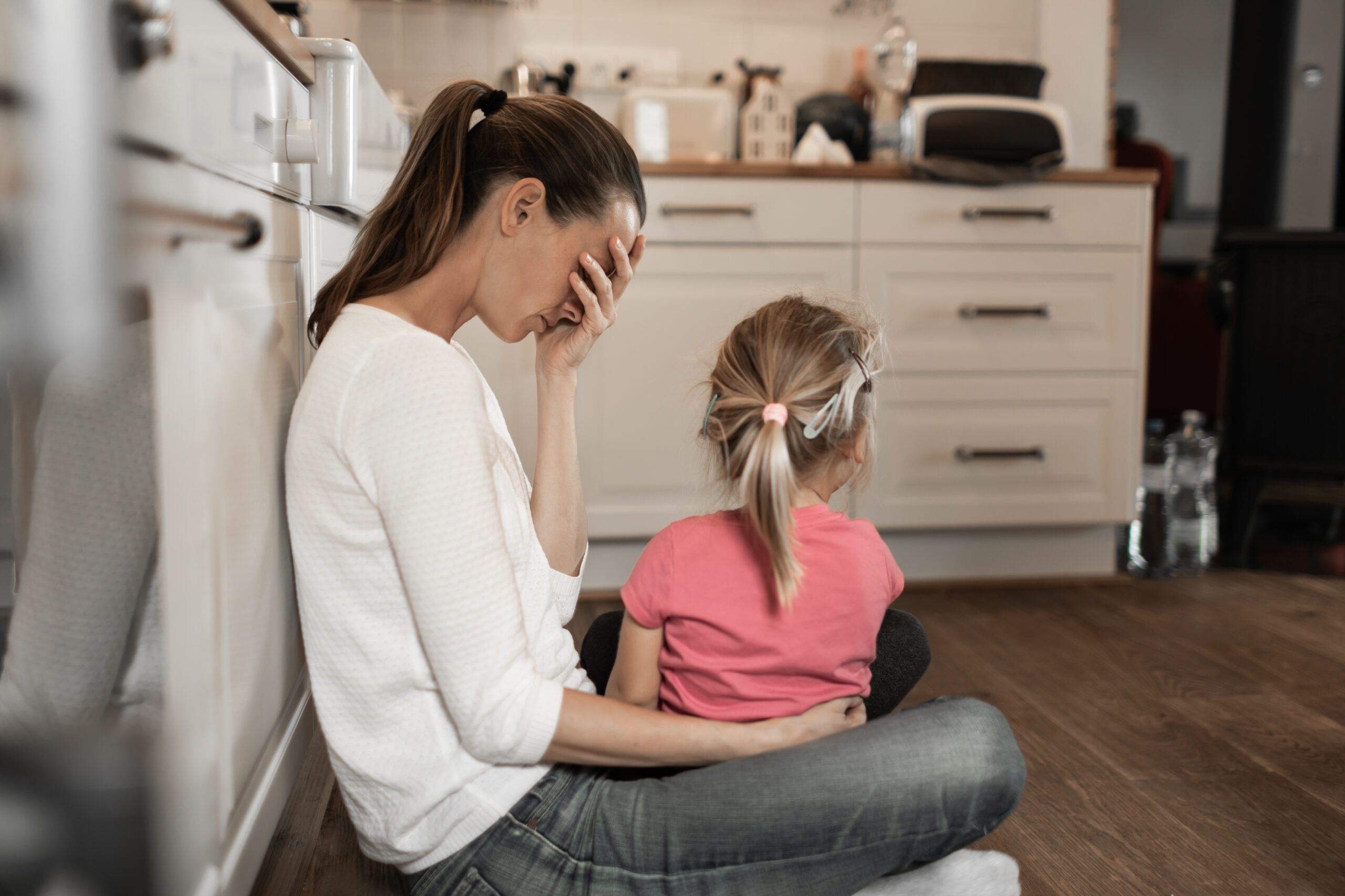How many times do you say to your child, “Turn it down! You’re going to go deaf listening to that music!”? Well, you might be right. A recent report from the National Institute of Deafness and Other Communication Disorders (NIDCD) and the American Academy of Family Physicians informs us about noise-induced hearing loss and its threat in our everyday lives.
Every day, we experience sound in our environment, such as the sounds from television and radio, household appliances, and traffic. Normally, we hear these sounds at safe levels that do not affect our hearing. However, when we are exposed to harmful noise—loud sounds that last a long time or sounds that are too loud —sensitive structures in our inner ear can be damaged, causing noise-induced hearing loss (NIHL). The American Academy of Family Physicians states that “the soft tissue of the inner ear is made of different types of cells and nerves, all arranged in a pattern on a thin sheet of tissue. Frequent exposure to loud or moderately loud noise over a long period of time can damage the soft tissue of the inner ear.” Once enough damage has been done to these cells, hearing loss can be permanent.
NIHL can be caused by a one-time exposure to an intense “impulse” sound, such as an explosion, or by continuous exposure to loud sounds over an extended period of time, such as noise generated in a woodworking shop.
Sound is measured in units called decibels. On the decibel scale, an increase of 10 means that a sound is 10 times more intense, or powerful. The humming of a refrigerator is 45 decibels, normal conversation is approximately 60 decibels, and the noise from heavy city traffic can reach 85 decibels. Sources of noise that can cause NIHL include motorcycles, firecrackers, and small firearms, all emitting sounds from 120 to 150 decibels. According to the American Academy of Family Physicians, Using power tools (at about 100 dB), listening to loud stereo headsets (at about 110dB), attending a rock concert (at about 120 dB) or hearing a gunshot (at 140 to 170 dB) may damage the hearing of some people after only a few times. Long or repeated exposure to sounds at or above 85 decibels can cause hearing loss. The louder the sound, the shorter the time period before NIHL can occur. Sounds of less than 75 decibels, even after long exposure, are unlikely to cause hearing loss. A good rule of thumb is to avoid noises that are “too loud” and “too close” or that last “too long.”
Some hearing loss may be accompanied by tinnitus—a ringing, buzzing, or roaring in the ears or head—which may subside over time. The AAFP says, People assume that if the symptoms go away, their ears have ‘bounced back’ to normal. This is not really true. Even if there are no more symptoms, some of the cells in the inner ear may have been destroyed by the noise.
Anyone can be affected by NIHL. Approximately 15 percent of Americans between the ages of 20 and 69—which is about 26 million Americans—have high frequency hearing loss that may have been caused by repeated exposure to loud sounds or noise. Recreational activities that can put someone at risk for NIHL include target shooting and hunting, snowmobile riding, woodworking and other hobbies, playing in a band, and attending rock concerts. Harmful noises at home may come from lawnmowers, leaf blowers, and shop tools.
The AAFP says that the following signs should be a red flag that the noise around you is too loud:
- If you have to shout to be heard above the noise.
- If you can’t understand someone who is speaking to you from less than 2 feet away.
- If a person standing near you can hear sounds from your stereo headset while it’s on your head.
Thankfully, NIHL is completely preventable if we practice healthy hearing habits. The NIDCD and AAFP share some ways we can protect our hearing:
- Know which noises can cause damage (those at or above 85 decibels), and avoid them.
- Wear earplugs or other hearing protective devices when involved in a loud activity (special earplugs and earmuffs are available at hardware and sporting goods stores).
- Be alert to hazardous noises in the environment.
- Protect the ears of children who are too young to protect their own.
- Make family, friends, and colleagues aware of the hazards of noise.
- If you suspect hearing loss, have a medical examination by an otolaryngologist (a physician who specializes in diseases of the ears, nose, throat, head, and neck) and a hearing test by an audiologist (a health professional trained to measure and help individuals deal with hearing loss).
- Use sound-absorbing materials to reduce noise at home and at work. Examples are rubber mats, curtains, carpeting, and double-pane windows.
- Don’t use several noise machines at the same time. Loudness is a habit that can be broken.
- Don’t try to drown out unwanted noise with other sounds. Stop cranking up the volume when you are vacuuming!
Sources:
National Institute of Deafness and other Communication Disorders.
“Hearing: Noise-Induced Hearing Loss.” FamilyDoctor.org. May 2008. The American Academy of Family Physicians.








